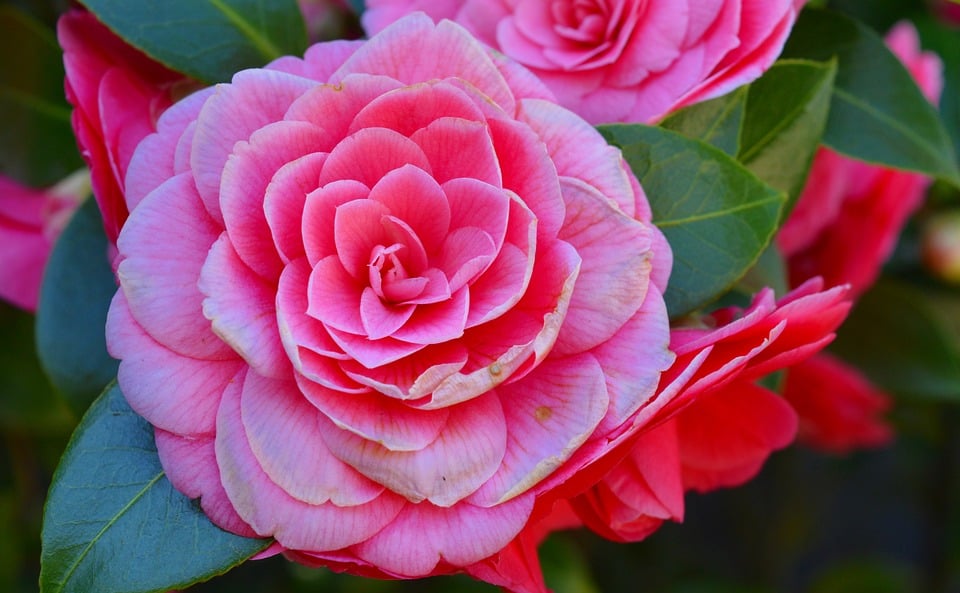Table of Contents
Your vibrant garden is filled with colourful flowers which need care and time. You need to know how to take care properly, so, of course, you should plant Camellia flowers. The Camellia is very easy to grow with white, red, and pink flowers. This plant is native to eastern and southeastern Asia and has so many wide varieties. They grow wild in lush forests, around 300-1100 meters in altitude and have been cultivated for hundreds of years in Asia before making their way to Europe.
For the UK, Camellia japonica is an excellent choice for gardens. With the right environment, these flowers will thrive and grow a fabulous display of radiant blooms.
In this article, you will learn all about Camellia japonica care, like when to plant, where to plant, what type of soil to use, how much to overwinter, how much to water, what to watch out for, and much more.
About The Camellia Flower
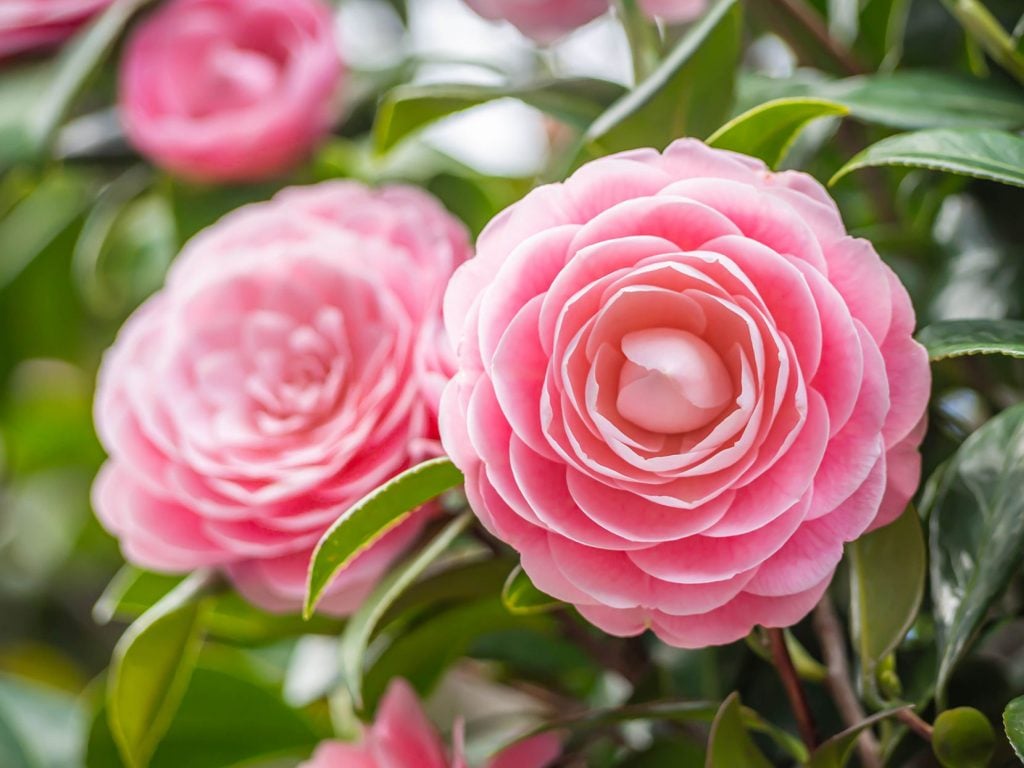
The Camellia japonica is an evergreen shrub in the Camellia genus and Theaceae family. The Common camellia or Japanese camellia has evergreen foliage and bright spring flowers. They bloom between autumn and late spring when many flowers do not. They are hardy, which is why they can withstand the cold winters. The flowers can be single, semi-double or double-flowered (paeony, rose form, anemone, or formal double).
An Overview of The Camellia
- Official Name – Camellia japonica
- Native – Japan, China, and Korea
- Flowering – Evergreen
- PlantType – Shrub
- Hardiness – H5
- FlowerColour – Showy white and pink
- Height – 8 – 12 m
- Spread – 4 – 8 m
- Sunlight – Full to partial shade
How to Care for Camellia Japonica?
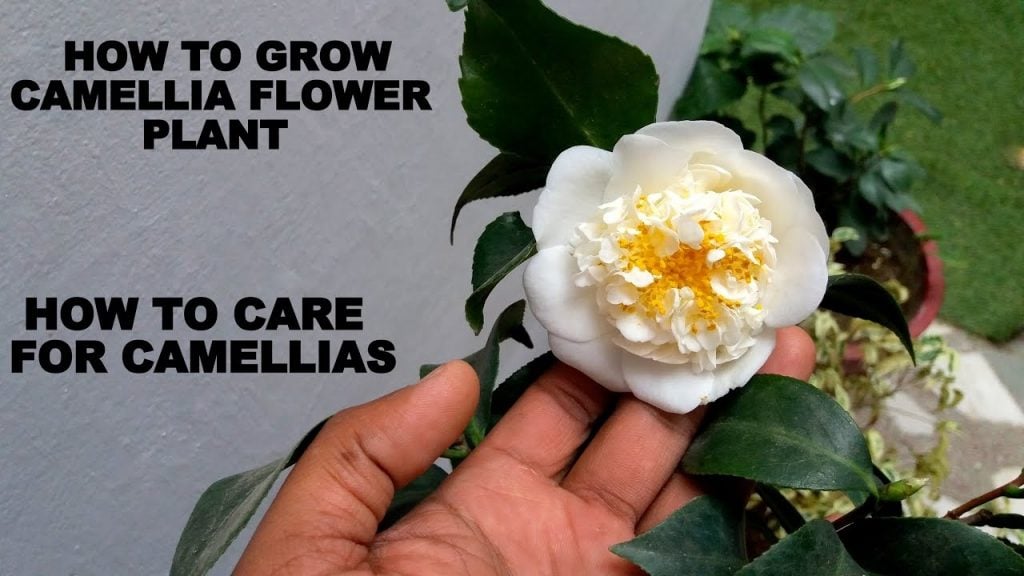
As long as you follow all the necessary guidelines, your Camellia flowers will flourish, and your garden will always be eye-catching.
1. When to Plant Camellia Japonica
Camellias grow beautifully well in Autumn. In this season, temperature runs a little high making the soil warmer and more conducive to plant growth. Warm soil encourages root roots to spread and establish, making sure that your plant grows well.
2. Where to Plant Camellia Japonica
Camellia japonica should be planted in an area with dappled or partial shade. They look lovely in cottage or city gardens and even in containers or pots for indoor growth. North, west and east-facing locations are ideal and not south-facing. As they are large shrubs, place them around 3-5 m apart if you are growing more than one.
3. Which Soil to Use for Camellia
Camellia japonica is an ericaceous plant which means that they grow best in acidic soil. The soil needs to be moist and well-drained; otherwise, they will not survive due to less or no oxygen in the soil. If you have alkaline soil, then grow the Camellias in containers and pick other plants which need alkaline soil.
4. How Much to Water Camellia Plant
Once the Camellia japonica plants are planted, they need to be watered regularly during the summer months. For the first year and a half, these flowers need rainwater and avoid hard tap water. The soil should be kept moist at around 10 cm below the ground. Check the soil under the ground and water the plant if it feels dry.
5. Overwintering
Since Camellia japonica has a hardiness of H5, it will survive the cold months of most places in the UK, even if they experience severe winter months. They do need to be kept away from cold or drying winds or extremely cold temperatures.
6. Upkeep of Camellia Japonica
When the flowers start fading, you can deadhead the Camellia japonica plant, and this will not affect the next year’s flowering. If your plant has grown too much for your taste, then light pruning should be done once flowering is finished.
7. Pruning Camellia Japonica
By pruning, you reduce the size of the shrub in March if absolutely necessary. However, please remember that hard pruning does have an effect on flowering in the upcoming years. Your plants could also benefit from an ericaceous mulchin early spring. So it is imperative that Camellia japonica care be done with absolute care.
How to Grow Camellia in Pots?
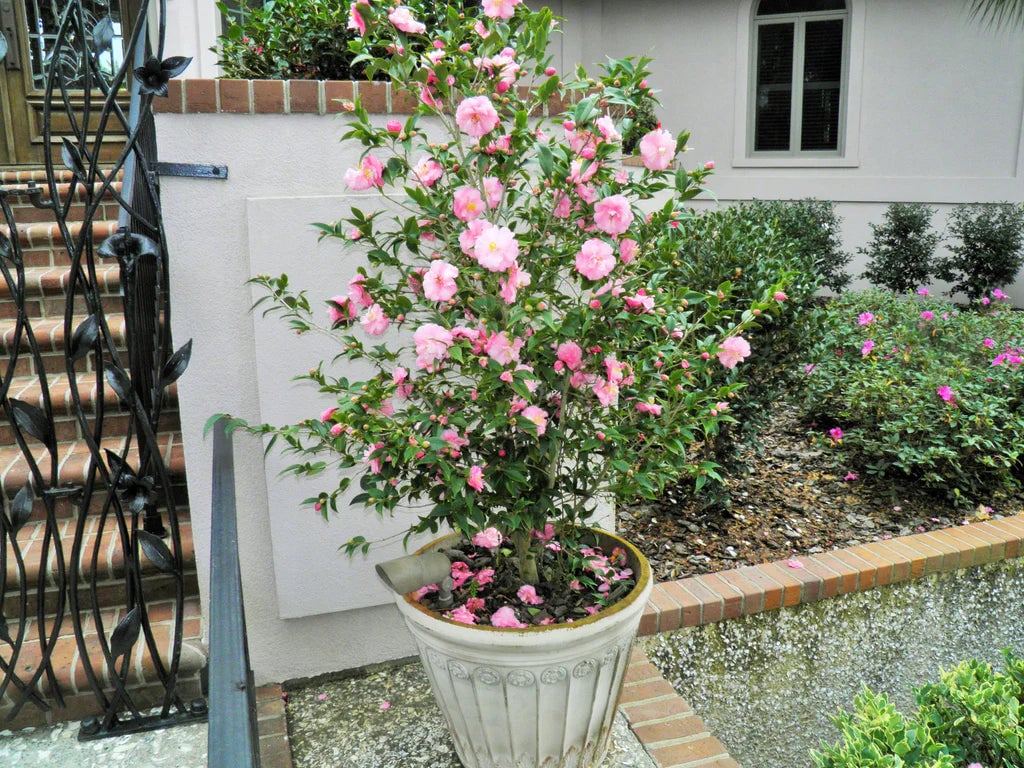
Camellia can be grown in pots or containers. Some grow up to be rather large, but many are well suited to be grown in pots or containers.
1. Choosing the Right Pot for Camellia Plant
Camellias should be put in a pot with good drainage since the excess water needs to be drained freely at the pot’s base. The pot needs to be large to accommodate the plant’s root ball, along with some space around each side. The container can not be too large; otherwise, there is a high chance of waterlogging, which is not good for a camellia plant.
2. Selecting The Right Compost
When growing camellias, you must remember that they need acidic conditions. You must use peat-free and ericaceous compost when filling a pot or container. Either you can make a peat-free and ericaceous compost or just buy from your local nursery.
3. Potting Up the Camellia Plant
As you will find out, camellias are usually bought as potted plants. Once your plant comes home, you need to prepare your new pot or container; this container needs to be a little larger than the container it came in. Put a little of the ericaceous potting mix in the base, place your new plant inside the pot, add a little of the growing medium around the plant’s sides, and firm up the plant in place. Water the plant and make sure that the excess water is drained away.
4. The Right Companion Plants
Normally, a single camellia plant gets placed in its own pot. But if you pick a larger container, you can also think about planting a mixed display with a camellia plant and some smaller plants that prefer acidic conditions around the edges of the container. You just need to remember that camellias have shallow roots, so you must be careful when choosing companion plants regarding the competition over nutrients.
5. Aftercare for Potted Camellia
Potted camellia plants need partial dappled shade. No windy spots or places where they will get the morning sun. Regular watering is needed, along with excess water getting drained away. Rainwater is better, especially if your area has hard tap water. Whether your camellia spends winter outside or inside depends on the variety and the area where you live. Pruning and deadheading are always appreciated.
Common Problems to Watch Out for in Camellia Japonica
The most important thing for the Camellia japonica plant is a healthy environment and proper care. Of course, fungal diseases like camellia gall, root rot, and leaf or petal blight can also happen, so keep an eye out for them. Certain pests like vine weevil may be a problem if the plant is being grown in a container. Look out for rabbits if they are an issue in your area.
Camellia Japonica Care Toolkit
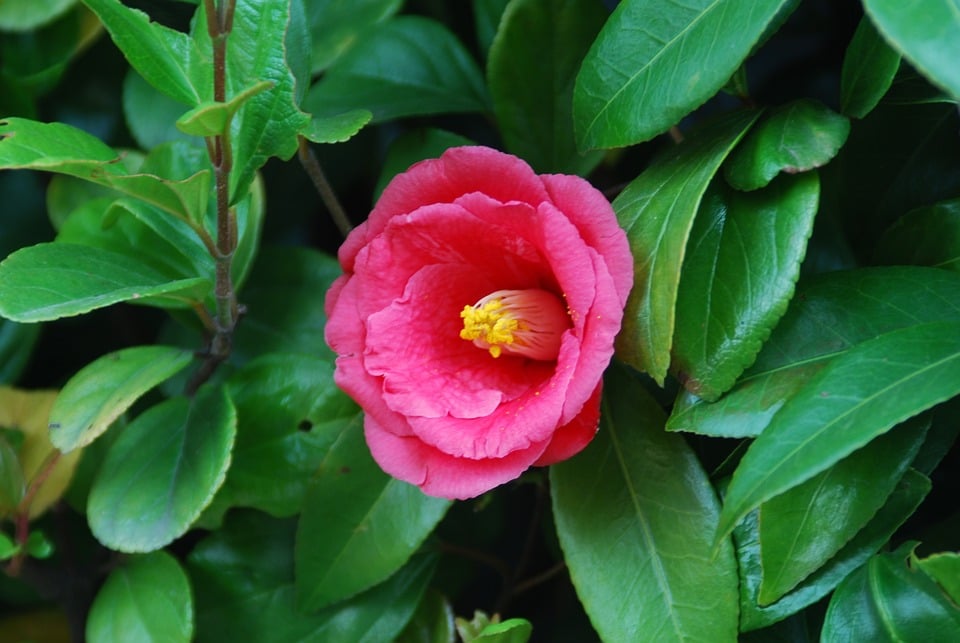
To get started on planting Camellia japonica, you will need certain tools which will help maintain your lush garden. We have mentioned the links below for your reference.
Camellia Japonica Plant
Getting the evergreen shrub is your first step to planting Camellia japonica.
- Camellia Japonica ‘Doctor King’ Evergreen Shrub Hardy Plant
- Camellia Japonica Plant Tricolour Red, White & Pink in One Pot
- Camellia Japonica Plant ‘Bonomiana’ Evergreen Shrub in 2 Litre Pot
- Camellia Japonica Plant ‘Principessa Baciocchi’ Evergreen Shrub in 2 Litre Pot
Gardening Tools
Gardening tools are always a must.
- 4 Packs Pruner Shears
- 9-Piece Heavy Duty Gardening Hand Tools
- 11 PCS Aluminum Alloy Steel Hand Tool Gift Kit
- Gardening Hand Tool Gift Kit
Compost
You will need ericaceous compost to grow Camellia japonica successfully.
- Premium Azalea, Camellia, Rhododendron, Special Plants Compost
- Premium Eracacious Compost
- Premium Ericaceous Compost for Lime Hating Acid Loving Plants
- Melcourt Sylvagrow Ericaceous Compost
- Melcourt Sylvagrow Ericaceous Compost Peat
Camellia Japonica Seeds
You can also try growing Camellia japonica from seeds.
- Japanese Camellia (Camelia japonica) – 4 Seeds
- Genipap Exotic Plants Camellia Japonica Pink Perfection – Japanese Camellia – 10 Seeds
Camellia Japonica Plant Care: The Right Way
All in all, camellia is a flower native to tropical and subtropical regions of Asia, and Camellia japonica, a species of Camellia, is a highly desired species in the UK. The Camellia flower came to Europe in the 17th, 18th, and 19th centuries; initially, in England, they were grown in greenhouses and orangeries before being hardy enough to be planted for outdoor cultivation. Camellia japonica will grow wonderfully in your garden with hard work and careful maintenance. This shrub gives you everlasting foliage and vibrant flowers. The flowers come in early spring when not many plants are flowering.
If you are serious about growing Camellia japonica in your garden, then make sure you are up to date on Camellia japonica care instructions. These flowers need acidic soil and partial shade to grow. Consistently watering them with rainwater is the best in the first 18 months, and they will survive the harsh winters, not extremely severe winter months.
You will need to keep an eye out for fungal diseases and pets. Your Camellia japonica plant will thrive with patience and dedication.

